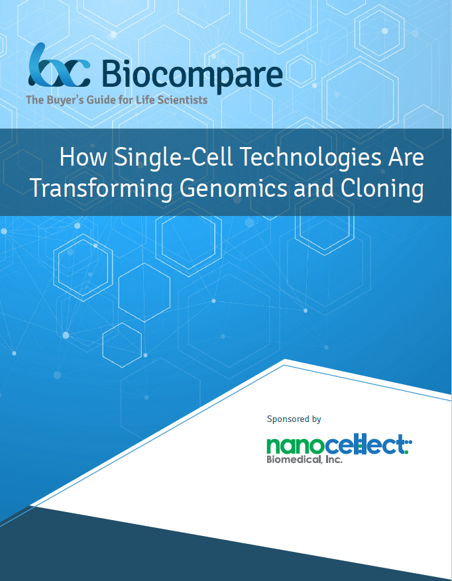Simpler, Gentler Cell Sorting
 |
| Introduction Cell sorting is one of the most critical tools in an immunologist's toolbelt. There are several ways to sort cells, from centrifugation to magnetic to very specific, targeted sorting. For multiparametric targeted sorting, researchers can stain their samples with fluorescent antibodies for phenotypic markers and use a flow cytometer to separate and sort their populations of interest. Depending on the cell type, certain methods may yield better results in terms of cell viability. In 2019 at the International Society for Advancement of Cytometry's CYTO conference in Vancouver, Canada, scientists from the Broad Institute presented a poster demonstrating the WOLF® Cell Sorter having the best viability outcome for cells after 24 hours when compared head-to-head with other cell sorters. |
|
Sorting Survival
In addition, most cytometers utilize a large amount of sheath fluid for the sorting process. With the WOLF® Cell Sorter being much smaller overall (measuring in at 2 cubic feet), it only needs 1% as much volume for sheath fluid. This allows budget-conscious researchers to utilize cell culture media as the sheath fluid to further stabilize their cells. |
| Safer Sorting The high pressure of most cytometer sorters can also create aerosols from samples, leading to potential biohazards. With its lower pressure rate, the WOLF® Cell Sorter is aerosol-free and requires no special hoods to conduct the sorting. However, its compact size would still allow it to be kept in a biosafety hood if necessary. The WOLF® Cell Sorter also utilizes sterile and disposable microfluidic cartridges and fluidics, meaning there's no contamination introduced to your system, nor is there clean-up required. |
| Plug and Play The WOLF® Cell Sorter is designed for users to operate from day one, allowing them to look at 5 optical parameters, including 2 scatter profiles and 3 fluorescent colors from a 488 nm laser (see the image below). The flexibility in this system allows researchers to use a viability dye to help exclude dead cells and debris while separating two populations. Along with the convenient WOLFViewer software, most new users will be able to complete their first sort within 30 minutes. Users can assign a plate map layout and use the N1 Single Cell Dispenser module to allocate anywhere from 1 to 100 cells per well. Single cell dispensing into a 96- or 384-well plate can be completed with >90% efficiency. |
 The inner workings of the WOLF® Cell Sorter. |
| Useful BioLegend Products BioLegend is always seeking new and innovative technologies to support and collaborate on. We offer a number of reagents compatible with the WOLF® Cell Sorter, including: |
| In addition, we provide MojoSort™ magnetic bead-based kits if you want to enrich your samples for a rare population prior to placing your samples on the WOLF® Cell Sorter. We also offer Veri-Cells™, which are lyophilized human control cells. These cells show a scatter profile and surface marker expression similar to the fresh cells of a sample. They can also be used to monitor data quality and help with reproducibility in longitudinal studies. As noted by NanoCellect, they successfully used Veri-Cells™ to assess the ability of the WOLF® Cell Sorter to draw out T cell populations and deposit them in a single-cell basis in 96-well plates. |
| Conclusions NanoCellect and its WOLF® Cell Sorter is hoping to make the cell sorting process simpler for scientists, whether they’re sorting in mass or on a single cell basis. Happier cells lead to better results, which will inevitably lead to happier scientists. If you’d like to learn more about the possibilities with NanoCellect, including how they’re changing sample prep for single cell RNA sequencing, cloning, and genomics studies, check out their eBook made in collaboration with Biocompare. If you have any other questions about BioLegend’s reagents, feel free to contact us. Contributed by Ken Lau, PhD. |
 |
 Login / Register
Login / Register 






Follow Us